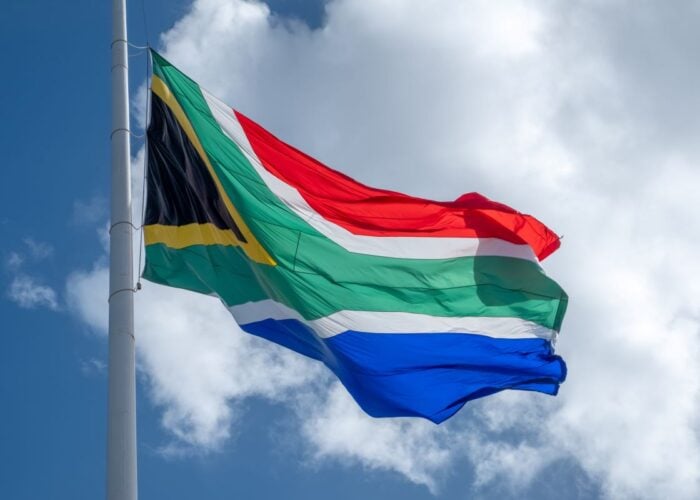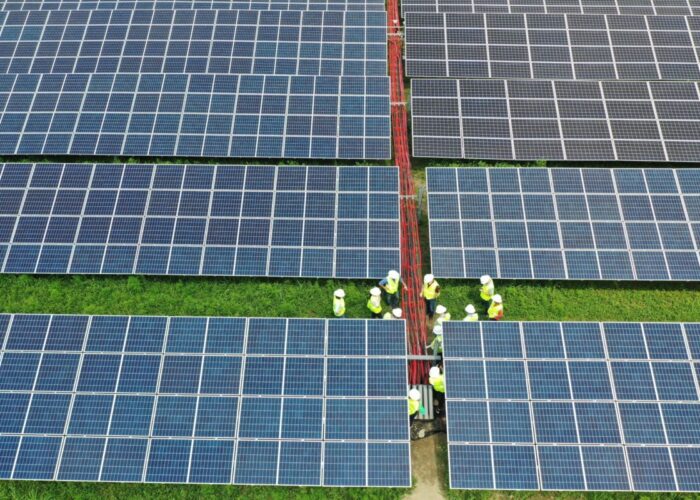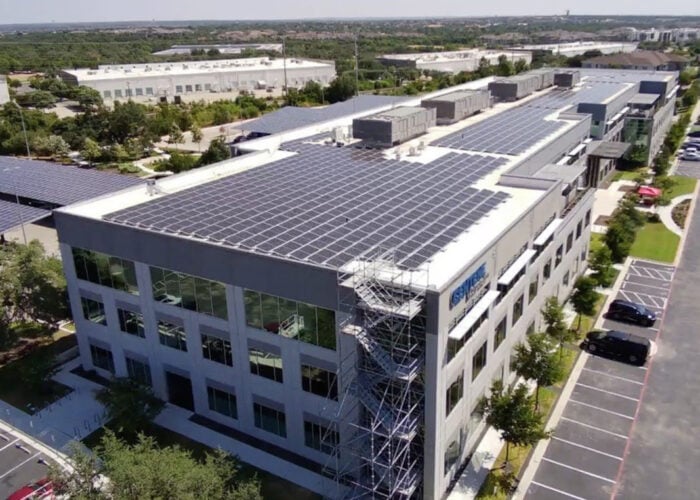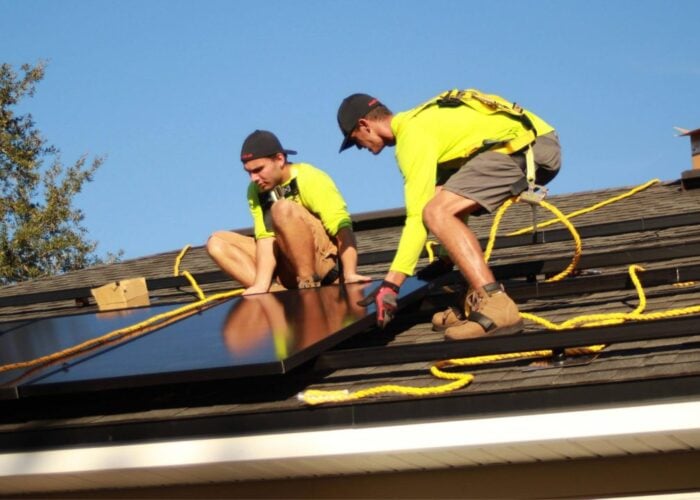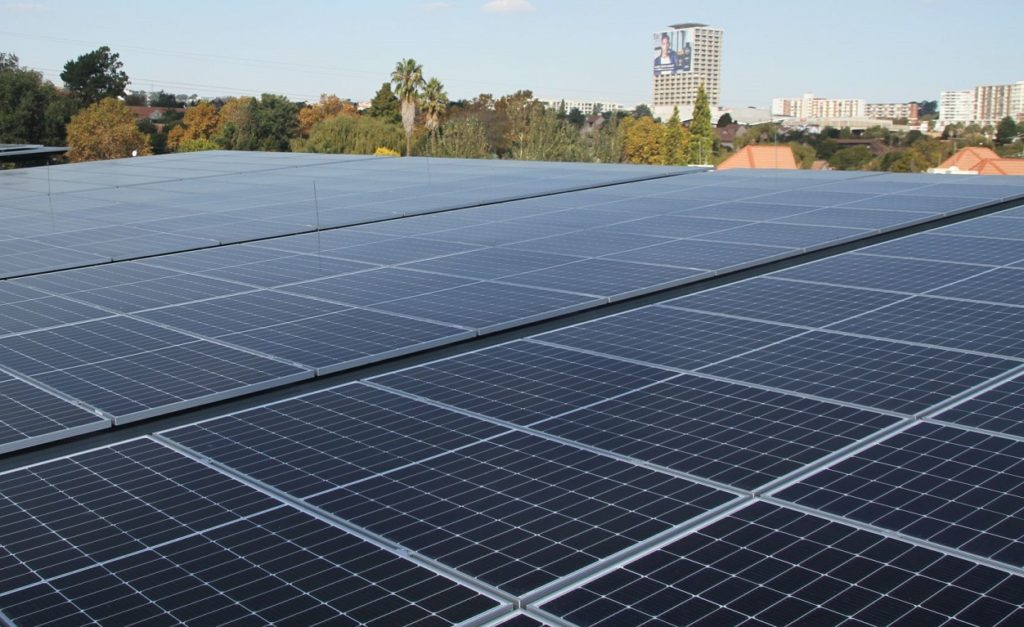
South Africa’s solar sector has welcomed a new reform that will increase the country’s licensing exemption threshold for embedded generation projects from 1MW to 100MW.
The South African Photovoltaic Industry Association (SAPVIA) said the announcement will be viewed as a “watershed moment” for industry in the country, with the new rules paving the way for the development of a more robust commercial and industrial solar segment.
Unlock unlimited access for 12 whole months of distinctive global analysis
Photovoltaics International is now included.
- Regular insight and analysis of the industry’s biggest developments
- In-depth interviews with the industry’s leading figures
- Unlimited digital access to the PV Tech Power journal catalogue
- Unlimited digital access to the Photovoltaics International journal catalogue
- Access to more than 1,000 technical papers
- Discounts on Solar Media’s portfolio of events, in-person and virtual
Or continue reading this article for free
Currently, embedded generation facilities with a capacity of no more than 1MW are eligible for a licensing exemption. South African President Cyril Ramaphosa announced that this will be raised to 100MW, a move that is expected to unlock significant investment in new generation capacity.
SAPVIA said the policy will better enable the solar industry to increase energy availability and security. “This move will help us deliver much-needed clean electricity, rapidly, to businesses and individuals across the country while creating opportunities for sectors such as agriculture, mining, hospitality and commercial properties to generate their own electricity,” said the association’s COO, Niveshen Govender.
South Africa launched an emergency tender last August that saw most winning bidders include solar PV in their projects, while bid window five of the country’s Renewable Energy IPP Procurement Programme is set to result in the development of 1GW of solar.



